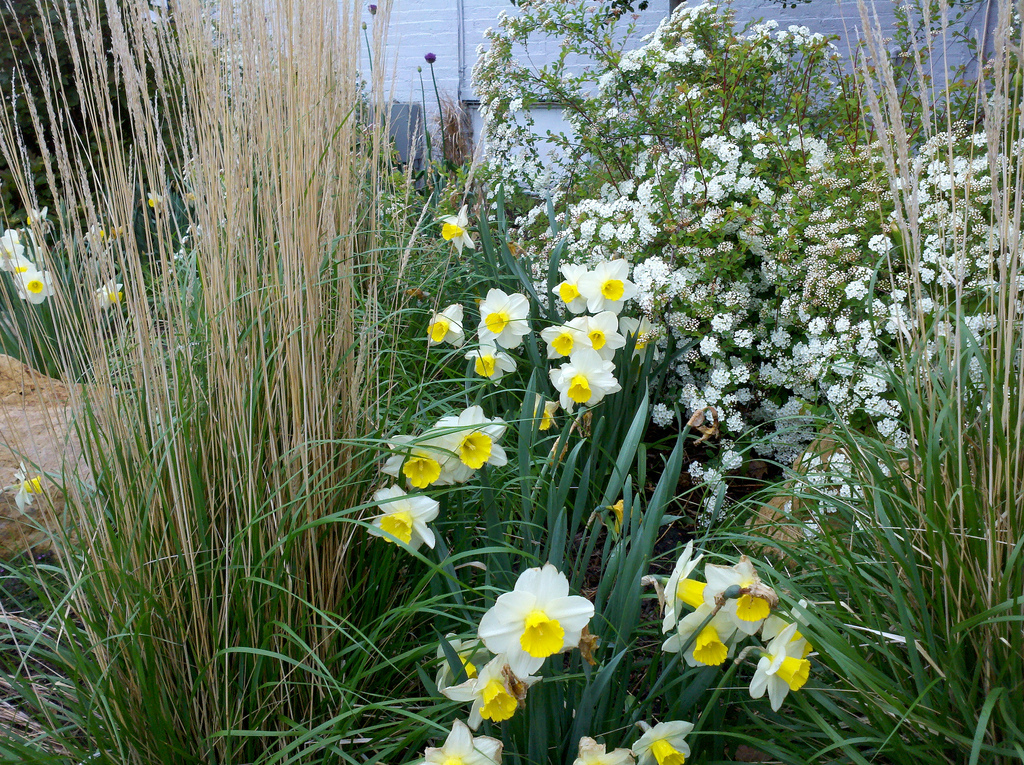
6 Steps for Fantastic Spring Bulbs
1. Choose bulbs that will make a repeat appearance: Tulips and daffodils generally play the lead role in the spring bulb show. Darwin tulips are strong, reliable, and make a big impact. Look for daffodils described as “naturalizing” meaning they will spread. Include “minor bulbs” such as species tulips, squill, and crocus which will help extend the bloom season and nicely compliment your showy-er tulips and daffodils.
2. Choose bulb combinations that include a variety of heights and bloom times: Include something that blooms early season, mid season, and late season.
3. Plant in groups: For the biggest impact, plant bulbs in groups rather than one per hole. We recommend digging a hole approximately the diameter of dinner plate and filling it with 5-10 bulbs. Don’t hesitate to combine a couple of different bulbs in the same hole. For example, throw in a handful squill on top of your daffodil bulbs. The two together provide a great show!
4. Relate your groupings of bulbs to something in the landscape: Rocks make great backdrops for bulbs. Leaving up the previous year’s growth of ornamental grasses also provides a great, natural looking scene for spring bulbs.
5. Deter the squirrels in the fall: Once you’ve disturbed the soil by digging, the squirrels are naturally curious about what you’ve done and they just can’t stop themselves from checking it out! Help deter them from digging up your newly planted bulbs by sprinkling blood meal over the planting holes. Squirrels don’t like the smell and usually will leave the area alone. If you have really ambitious squirrels you can tack a piece of chicken wire over the covered hole. The squirrels don’t like the feel of the wire on their paws and the bulbs will grow up through the wire in the spring.






